News
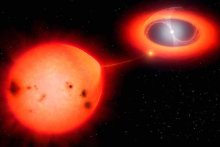
Woodward research takes a look at the fastest nova on record
Posted
A research report, co-authored by Professor Charles Woodward of the Minnesota Institute for Astrophysics describes the unusual quirks of V1674 Hercules, the fastest nova ever on record.

School leads citizen science effort to study Jupiter's atmosphere
Posted
Ramanakumar Sankar, a postdoctoral researcher at the School of Physics and Astronomy is leading the latest Zooniverse project, Jovian Vortex Hunter.
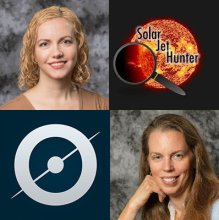
UMN solar astrophysics research to get a boost from citizen science
Posted
The latest Zooniverse citizen science project called “Solar Jet Hunter” will help benefit a small research team led by members of the School of Physics and Astronomy: former postdoctoral researcher Dr. Sophie Musset, Associate Professor Lindsay Glesener, and Professor Lucy Fortson.

Woodward part of research team that captures unique images of Io’s volcanoes
Posted
Jupiter’s moon, Io, is one of the most volcanically active bodies in the solar system and yet, scientists have not been able to capture detailed images of volcanism and lava flows regularly. Minnesota Institute for Astrophysics Professor Charles “Chick” Woodward is part of a research team that was able to image four of Io’s volcanoes with greater detail than ever before from Earth-based observatories. Io is over 390 million miles from the earth and the images enabled the team to resolve and study surface features less than 2 kilometers in size.

The Big Picture: Rudnick helps lead effort that reveals the stormy weather in galaxy clusters
Posted
Professor Emeritus Lawrence Rudnick of the Minnesota School of Astrophysics led the Technical Working Group of the MeerKAT Galaxy Cluster Legacy Survey (MGCLS).

School part of national effort to improve representation for African Americans in physics and astronomy
Posted
The School of Physics and Astronomy is participating in a set of implementation workshops hosted by the American Institute of Physics’ (AIP) Task Force to Elevate African American Representation in Undergraduate Physics & Astronomy (TEAM-UP).
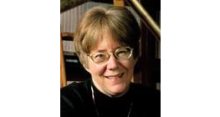
Roberta Humphreys on Luminous Blue Variables
Posted
Professor Roberta Humphreys of the Minnesota Institute for Astrophysics recently gave a colloquium that served as a primer on “some of the most interesting stars I know: luminous blue variables (LBVs)". Humphreys, College of Science and Engineering Distinguished Professor Emerita gave a plenary lecture on this topic at the 238th meeting of the American Astronomical Society.

Pryke leads research effort that improves constraints on Physics of Big Bang
Posted
Professor Clem Pryke of the Minnesota Institute for Astrophysics has recently published a paper using data from the BICEP/Keck experiments at the South Pole to refine models of the early expansion of the Universe after the Big Bang.
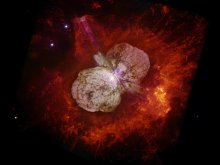
Most powerful star in our part of the galaxy emerges from two centuries of disruption
Posted
Professor Emerita Roberta Humphreys of the School of Physics and Astronomy was a part of the team that made this discovery.
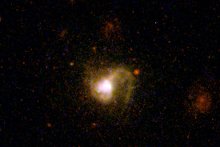
Small galaxies likely played important role in evolution of the Universe
Posted
A study led by UMN researchers found evidence of the first-ever galaxy in a “blow-away” state, which could give more insight into the Universe’s early stages.